初識ABP vNext(9):ABP模組化開發-檔案管理
阿新 • • 發佈:2020-09-14
Tips:本篇已加入系列文章閱讀目錄,可點選檢視更多相關文章。
[TOC]
# 前言
在之前的章節中介紹過ABP擴充套件實體,當時在使用者表擴充套件了使用者頭像欄位,使用者頭像就涉及到檔案上傳和檔案儲存。檔案上傳是很多系統都會涉及到的一個基礎功能,在ABP的模組化思路下,檔案管理可以做成一個通用的模組,便於以後在多個專案中複用。單純實現一個檔案上傳的功能並不複雜,本文就藉著這個簡單的功能來介紹一下ABP模組化開發的最基本步驟。
# 開始
## 建立模組
首先使用ABP CLI建立一個模組:`abp new Xhznl.FileManagement -t module --no-ui`
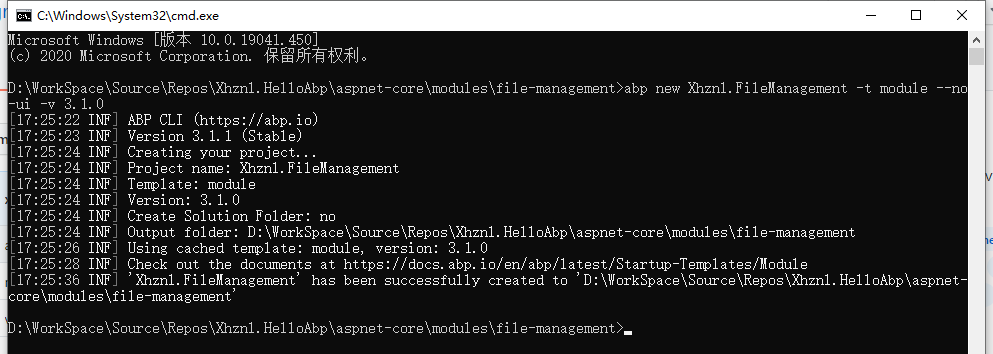
建立完成後會得到如下檔案:

在主專案中新增對應模組的引用,Application=>Application,Domain=>Domain,HttpApi=>HttpApi 等等。例如:

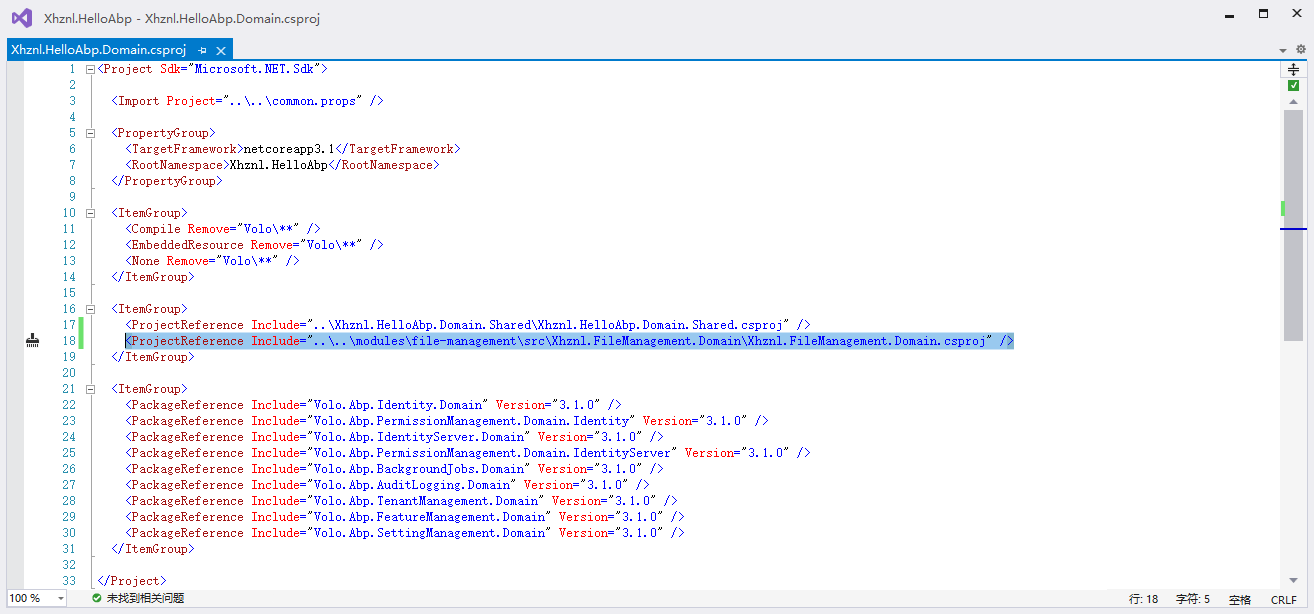
需要新增引用的專案:Application、Application.Contracts、Domain、Domain.Shared、EntityFrameworkCore、HttpApi、HttpApi.Client
手動新增這些引用比較麻煩,你可以搭建自己的私有NuGet伺服器,把模組的包釋出到私有NuGet上,然後通過NuGet來安裝引用。兩種方式各有優缺點,具體請參考[自定義現有模組](https://docs.abp.io/zh-Hans/abp/latest/Customizing-Application-Modules-Guide),關於私有NuGet搭建可以參考:[十分鐘搭建自己的私有NuGet伺服器-BaGet](https://www.cnblogs.com/xhznl/p/13426918.html)。
然後給這些專案的模組類新增對應的依賴,例如:
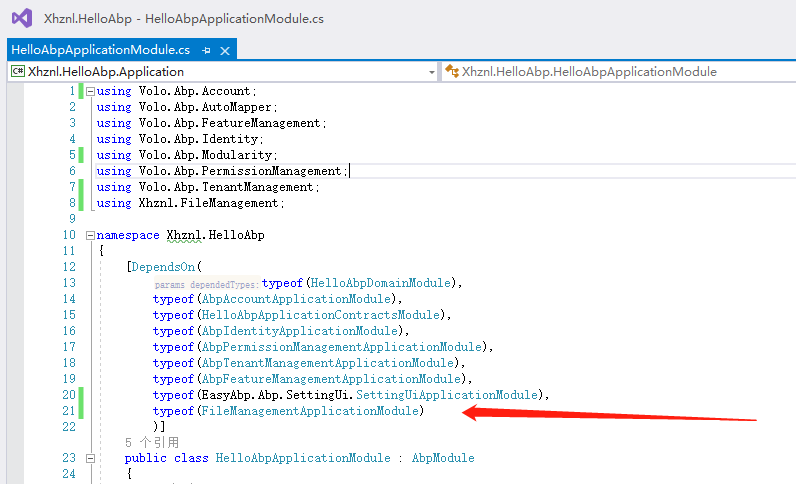
通過上面的方式引用模組,使用visual studio是無法編譯通過的:

需要在解決方案目錄下,手動執行`dotnet restore`命令即可:

## 模組開發
接下來關於檔案管理功能的開發,都在模組Xhznl.FileManagement中進行,它是一個獨立的解決方案。初學ABP,下面就以儘量簡單的方式來實現這個模組。
### 應用服務
模組開發通常從Domain層實體建立開始,但是這裡先跳過。先在FileManagement.Application.Contracts專案新增應用服務介面和Dto。
modules\file-management\src\Xhznl.FileManagement.Application.Contracts\Files\IFileAppService.cs:
```csharp
public interface IFileAppService : IApplicationService
{
Task GetAsync(string name);
Task CreateAsync(FileUploadInputDto input);
}
```
modules\file-management\src\Xhznl.FileManagement.Application.Contracts\Files\FileUploadInputDto.cs:
```csharp
public class FileUploadInputDto
{
[Required]
public byte[] Bytes { get; set; }
[Required]
public string Name { get; set; }
}
```
然後是FileManagement.Application專案,實現應用服務,先定義一個配置類。
modules\file-management\src\Xhznl.FileManagement.Application\Files\FileOptions.cs:
```csharp
public class FileOptions
{
///
/// 檔案上傳目錄
///
/// 允許的檔案最大大小
///
public long MaxFileSize { get; set; } = 1048576;//1MB
///
/// 允許的檔案型別
///
public string[] AllowedUploadFormats { get; set; } = { ".jpg", ".jpeg", ".png", "gif", ".txt" };
}
```
modules\file-management\src\Xhznl.FileManagement.Application\Files\FileAppService.cs:
```csharp
public class FileAppService : FileManagementAppService, IFileAppService
{
private readonly FileOptions _fileOptions;
public FileAppService(IOptions fileOptions)
{
_fileOptions = fileOptions.Value;
}
public Task GetAsync(string name)
{
Check.NotNullOrWhiteSpace(name, nameof(name));
var filePath = Path.Combine(_fileOptions.FileUploadLocalFolder, name);
if (File.Exists(filePath))
{
return Task.FromResult(File.ReadAllBytes(filePath));
}
return Task.FromResult(new byte[0]);
}
[Authorize]
public Task CreateAsync(FileUploadInputDto input)
{
if (input.Bytes.IsNullOrEmpty())
{
throw new AbpValidationException("Bytes can not be null or empty!",
new List
{
new ValidationResult("Bytes can not be null or empty!", new[] {"Bytes"})
});
}
if (input.Bytes.Length > _fileOptions.MaxFileSize)
{
throw new UserFriendlyException($"File exceeds the maximum upload size ({_fileOptions.MaxFileSize / 1024 / 1024} MB)!");
}
if (!_fileOptions.AllowedUploadFormats.Contains(Path.GetExtension(input.Name)))
{
throw new UserFriendlyException("Not a valid file format!");
}
var fileName = Guid.NewGuid().ToString("N") + Path.GetExtension(input.Name);
var filePath = Path.Combine(_fileOptions.FileUploadLocalFolder, fileName);
if (!Directory.Exists(_fileOptions.FileUploadLocalFolder))
{
Directory.CreateDirectory(_fileOptions.FileUploadLocalFolder);
}
File.WriteAllBytes(filePath, input.Bytes);
return Task.FromResult("/api/file-management/files/" + fileName);
}
}
```
服務實現很簡單,就是基於本地檔案系統的讀寫操作。
下面是FileManagement.HttpApi專案,新增控制器,暴露服務API介面。
modules\file-management\src\Xhznl.FileManagement.HttpApi\Files\FileController.cs:
```csharp
[RemoteService]
[Route("api/file-management/files")]
public class FileController : FileManagementController
{
private readonly IFileAppService _fileAppService;
public FileController(IFileAppService fileAppService)
{
_fileAppService = fileAppService;
}
[HttpGet]
[Route("{name}")]
public async Task GetAsync(string name)
{
var bytes = await _fileAppService.GetAsync(name);
return File(bytes, MimeTypes.GetByExtension(Path.GetExtension(name)));
}
[HttpPost]
[Route("upload")]
[Authorize]
public async Task CreateAsync(IFormFile file)
{
if (file == null)
{
throw new UserFriendlyException("No file found!");
}
var bytes = await file.GetAllBytesAsync();
var result = await _fileAppService.CreateAsync(new FileUploadInputDto()
{
Bytes = bytes,
Name = file.FileName
});
return Json(result);
}
}
```
### 執行模組
ABP的模板是可以獨立執行的,在FileManagement.HttpApi.Host專案的模組類FileManagementHttpApiHostModule配置FileOptions:
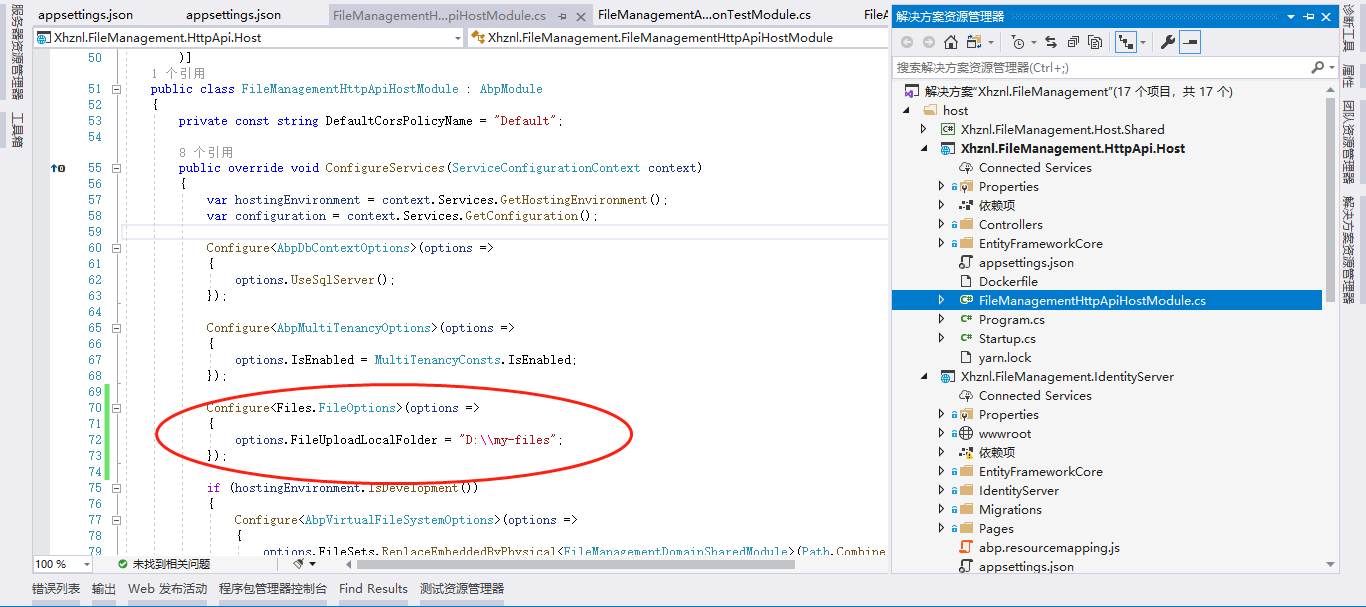
修改FileManagement.HttpApi.Host和FileManagement.IdentityServer專案的資料庫連線配置,然後啟動這2個專案,不出意外的話可以看到如下介面。
FileManagement.HttpApi.Host:
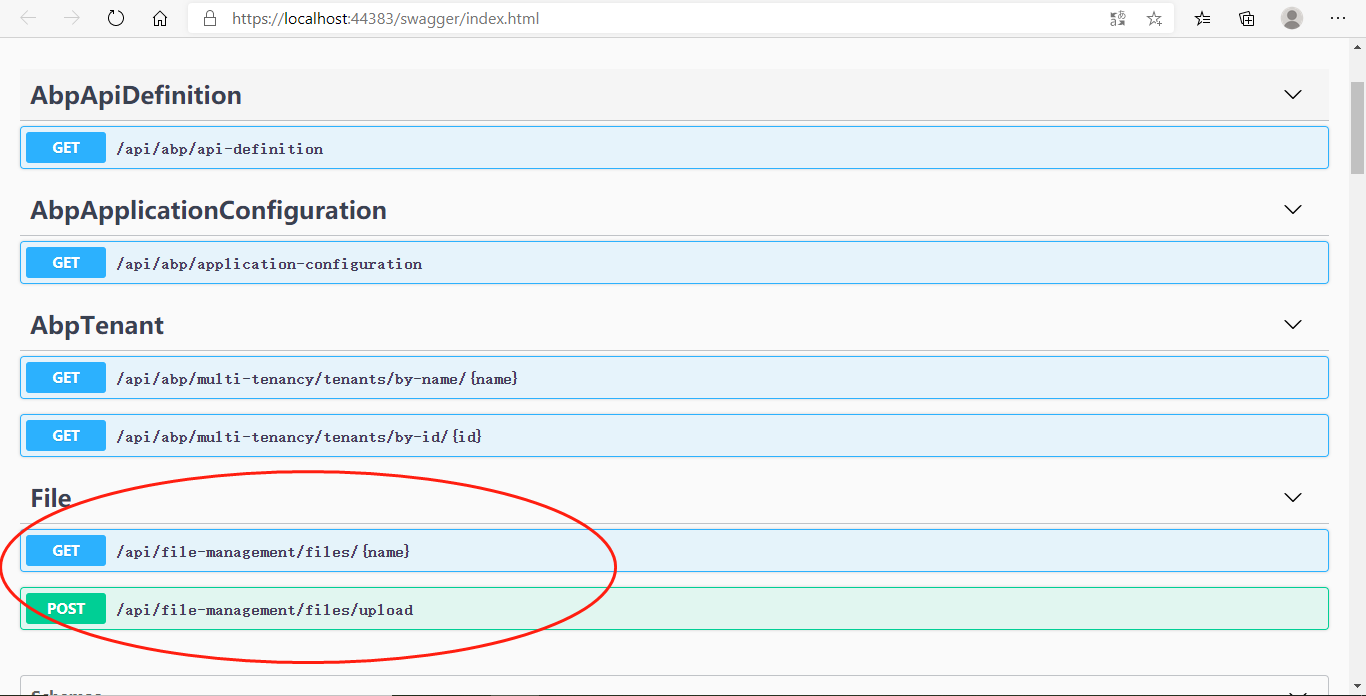
FileManagement.IdentityServer:
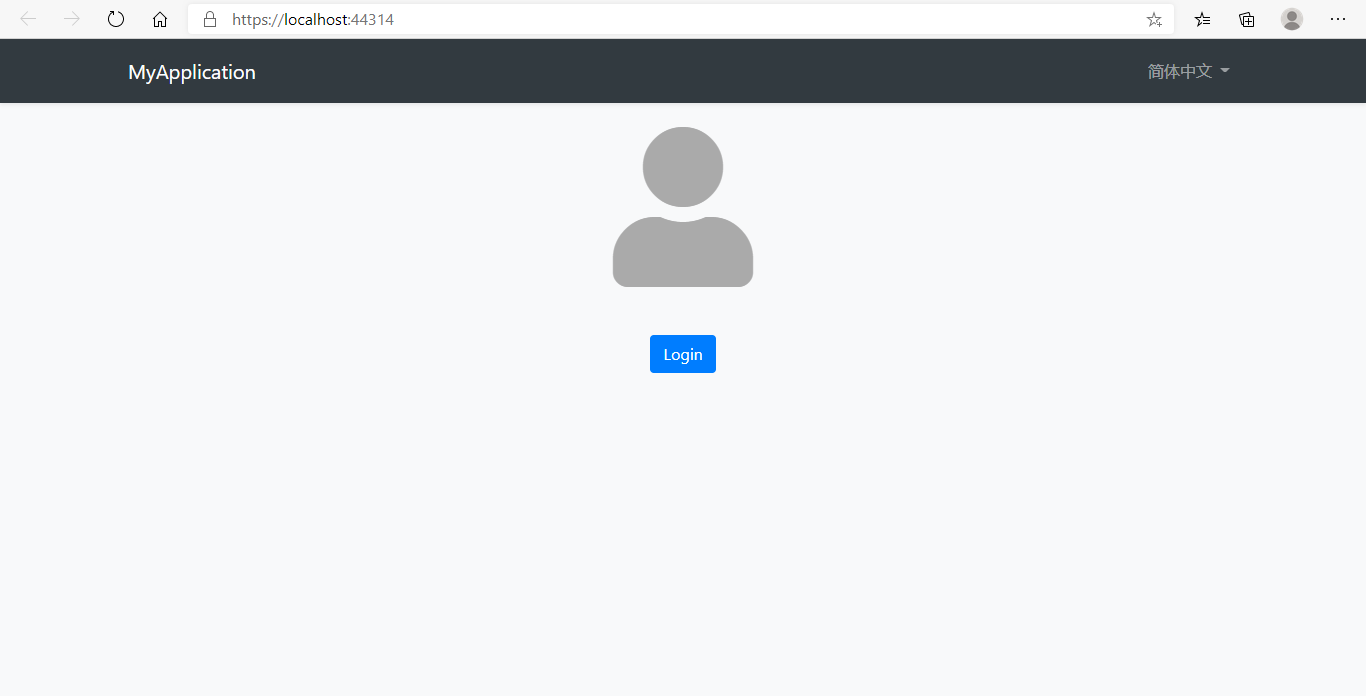
現在你可以使用postman來測試一下File的2個API,當然也可以編寫單元測試。
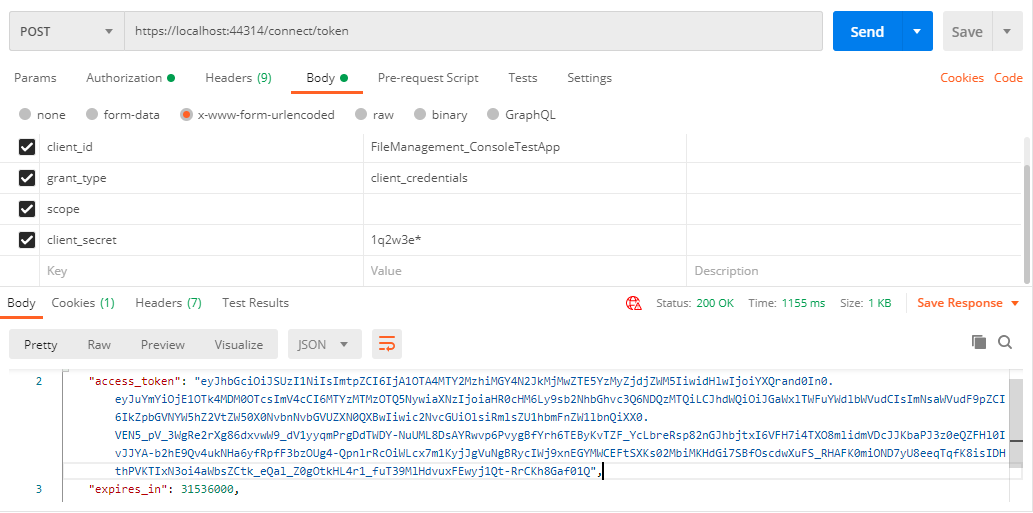
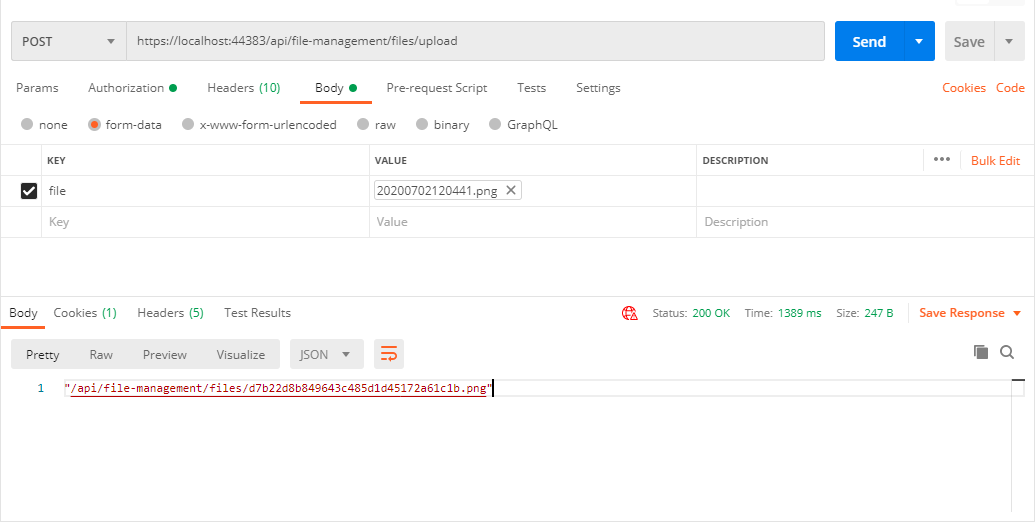

### 單元測試
更好的方法是編寫單元測試,關於如何做好單元測試可以參考ABP原始碼,下面只做一個簡單示例:
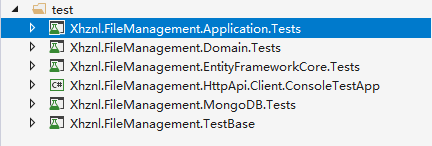
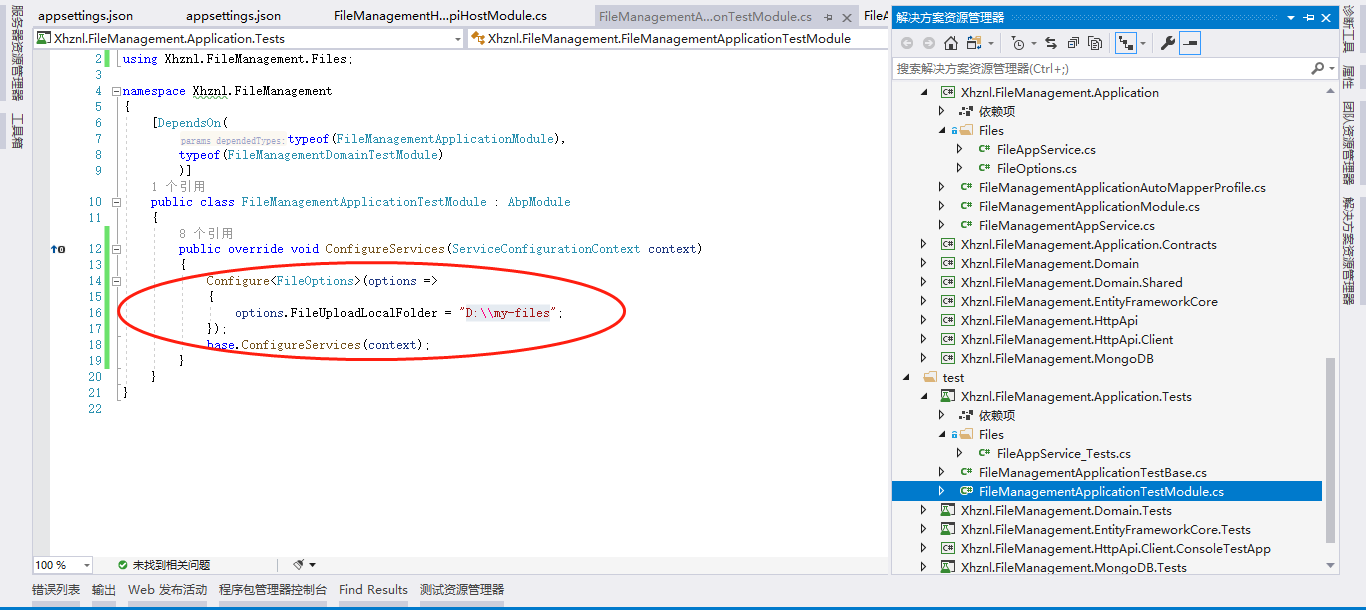



## 模組使用
模組測試通過後,回到主專案。模組引用,模組依賴前面都已經做好了,現在只需配置一下FileOptions,就可以使用了。
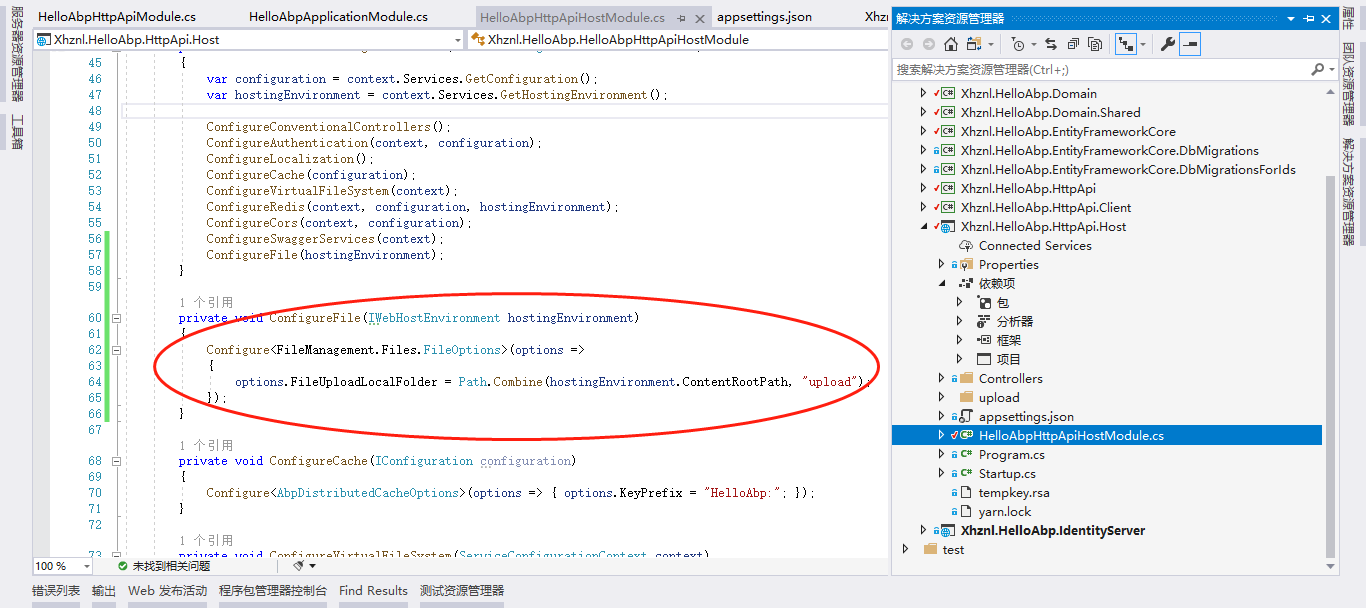
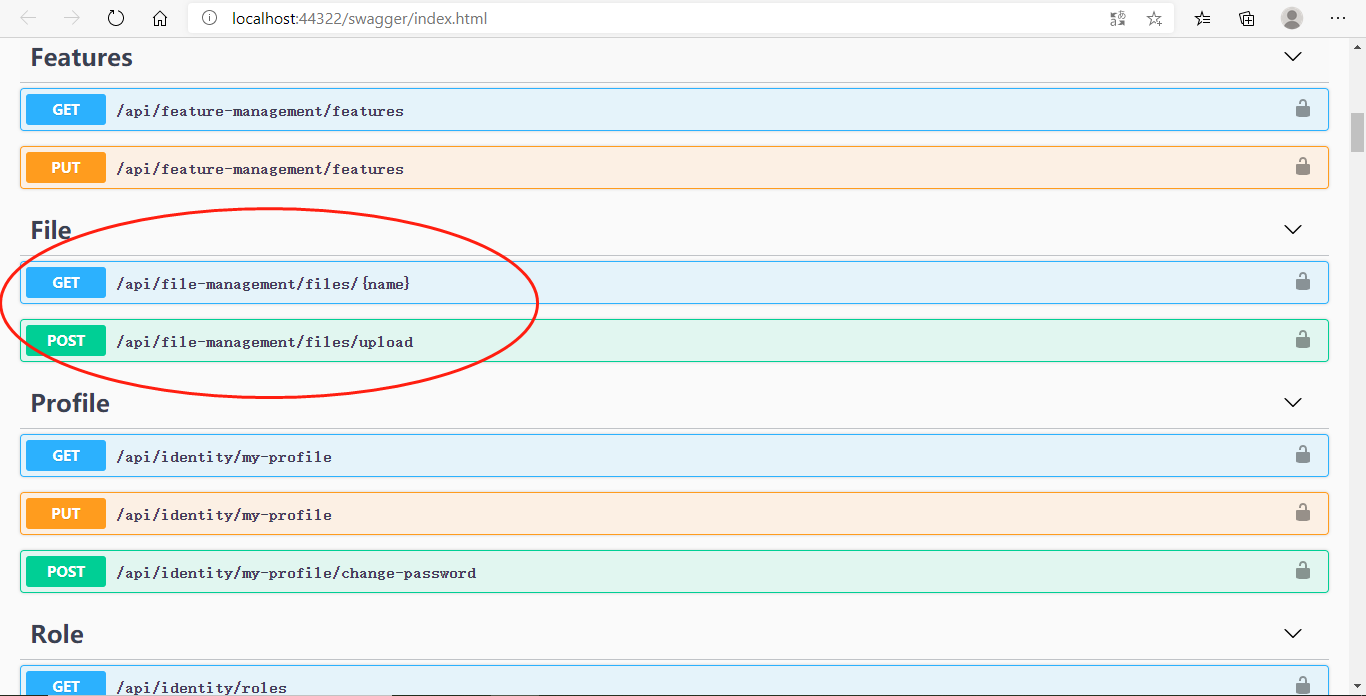
目前FileManagement.Domain、FileManagement.Domain.Shared、FileManagement.EntityFrameworkCore這幾個專案暫時沒用到,專案結構也不是固定的,可以根據自己實際情況來調整。
# 最後
本文的模組示例比較簡單,只是完成了一個檔案上傳和顯示的基本功能,關於實體,資料庫,領域服務,倉儲之類的都暫時沒用到。但是相信可以通過這個簡單的例子,感受到ABP外掛式的開發體驗,這是一個好的開始,更多詳細內容後面再做介紹。本文參考了ABP blogging模組的檔案管理,關於檔案儲存,ABP中也有一個BLOB系統可以瞭解一下。
